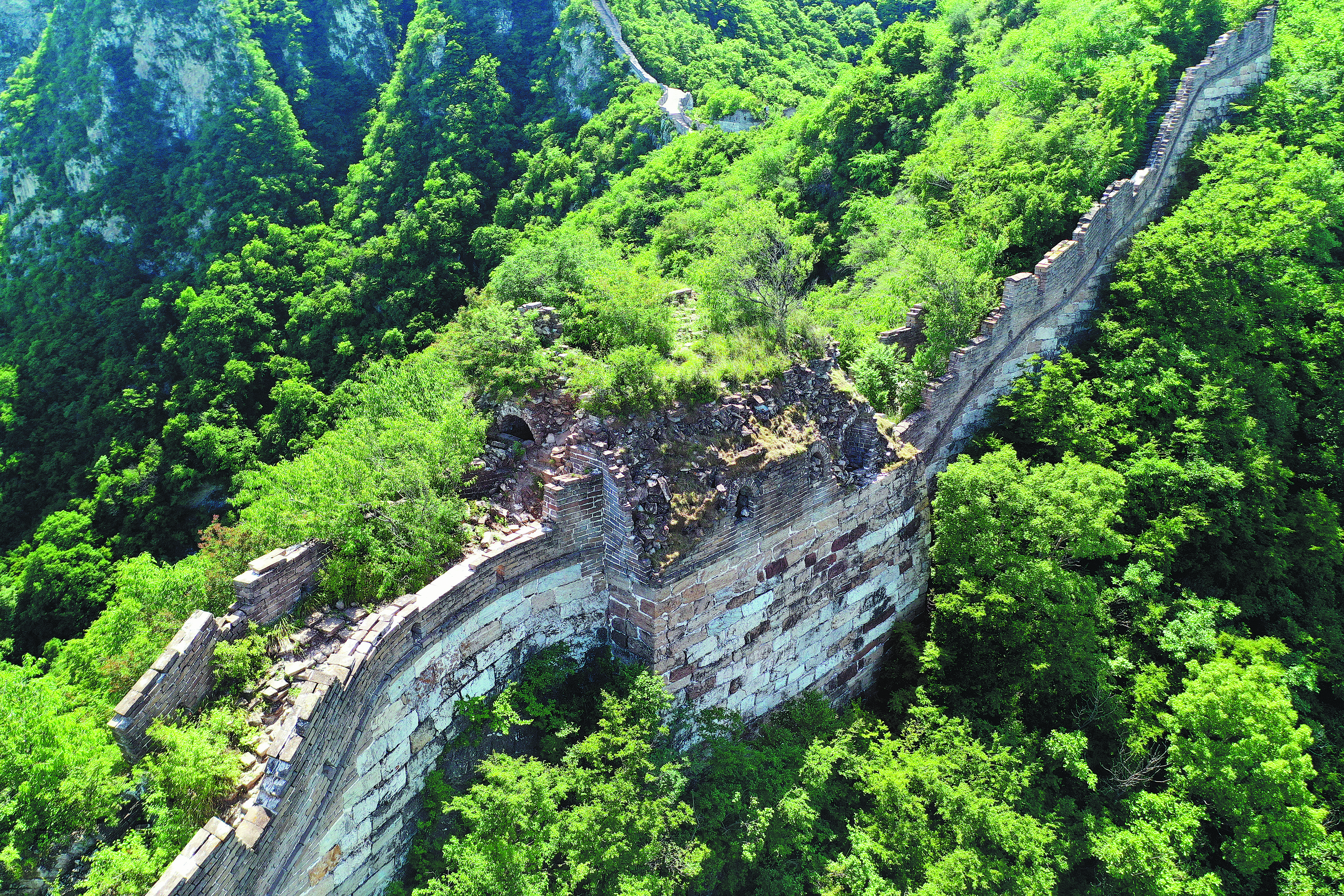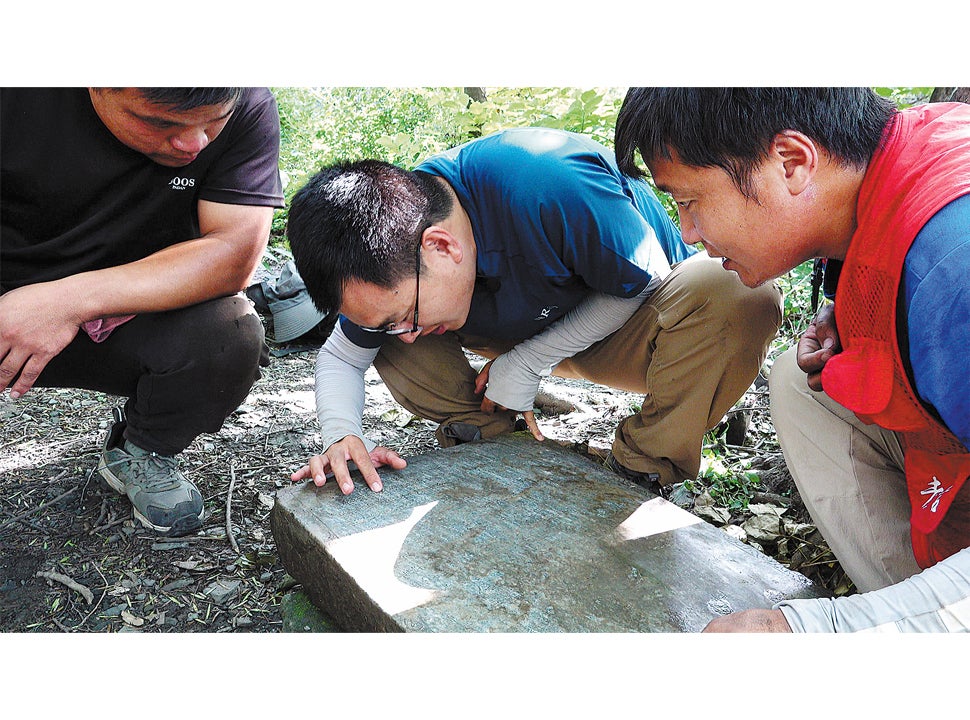Solving the riddle of the Wall
THE ARTICLES ON THESE PAGES ARE PRODUCED BY CHINA DAILY, WHICH TAKES SOLE RESPONSIBILITY FOR THE CONTENTS

Perilous and picturesque. These two words best describe the Jiankou section of the Great Wall that ribbons over the top of jagged green mountains in Huairou district, northern Beijing.
While a magnificent landscape makes the stretch of more than four miles – built during the final decades of the Ming Dynasty (1368-1644) – a magnet for hikers and photographers, narrow ridges and dangerous cliffs ensure that it remains one of the toughest sections to climb.
A hot spot for daredevil adventures not so long ago, Jiankou has garnered public attention in recent years for dogged restoration efforts, currently in the fourth phase, to prevent towers from crumbling into rubble.
Shang Heng, 38, an associate researcher at Beijing Archaeological Research Institute, and his colleagues, are busy solving the restoration riddle, which seems to require more than deep analysis of ancient records. Some clues are probably hidden in the Great Wall itself and the team is leaving no stone unturned to decode them.
Since June, Shang has led a fresh round of archaeological research along the Jiankou section. The ongoing project covers an area of 3,026 square yards. “The Great Wall is a cultural icon of China and many think they know all about it. Nothing could be further from the truth,” he says.
“Archaeological study in recent years has deepened our understanding. The Great Wall is more than just a fortified boundary. It is, in fact, a very complex defence installation, which once included towers, ramparts, castles and other fortifications,” Shang explains.

In Beijing, the extant Great Wall runs for 323 miles and was built through a millennium, from the Northern Qi Dynasty (550-577) to the Ming Dynasty.
Extant historical documentation on the construction of the Great Wall lacks details. For instance, the construction time frame for the Jiankou section remains obscure in the records. Hence, researchers have to depend on fieldwork to anticipate the time needed for restoration.
Stone tablets recently unearthed at the site suggest Jiankou was not built in a hurry. A tablet found during the third phase of Jiankou restoration in 2020 suggested that beacon tower No 127 was built in 1617. Another tablet, recently recovered from the half-collapsed tower No 156, shows it was constructed in 1573.
“Although the Jiankou section is not very long, it took more than 40 years and at least two generations to build. In short, individual fortifications were built before the entire Great Wall. It shows the evolution of a defence system,” Shang says.
“Archaeological study tells us how a section of the Great Wall was built, developed, used, abandoned and, sometimes, collapsed – almost like a person’s life. One gets an impression of the challenges that people faced in creating this architectural wonder.”
Restoration efforts in earlier times were different. Collapsed portions of the Great Wall were often treated as rubble and cleared from the site, Shang regrets. Today, archaeologists are determined to preserve the ruins for future study. “As long as the ruins do not pose a risk to the structure, we will keep them. They are a key source of historical information,” Shang says.
There was much debate on whether some sections should be given a refreshed look after restoration, considering the monumental influence the Great Wall has on Chinese people’s psychological strength, or whether the broken facades should be retained to reflect the history they endured.
In a conservation advisory, released by the National Cultural Heritage Administration in 2019, the Great Wall was described as “a heritage made of ancient architecture and ruins”. Hence, the focus became restoration instead of renovation.
For Shang, the mission is multidimensional restoration of the Great Wall. “Archaeological findings can offer fundamental clues for virtual restoration work, which means people can see what the Great Wall originally looked like on digital platforms,” he says.
In June, a WeChat mini-programme, co-produced by the China Foundation for Cultural Heritage Conservation and internet company Tencent, went online. Shang played a key role in making the Great Wall E-tour a reality.
Around 50,000 high-definition pictures of the Xifengkou section in Hebei province have been used to develop the programme. A virtual expedition allows enthusiasts to contribute to restoration efforts.

Bookmark popover
Removed from bookmarks